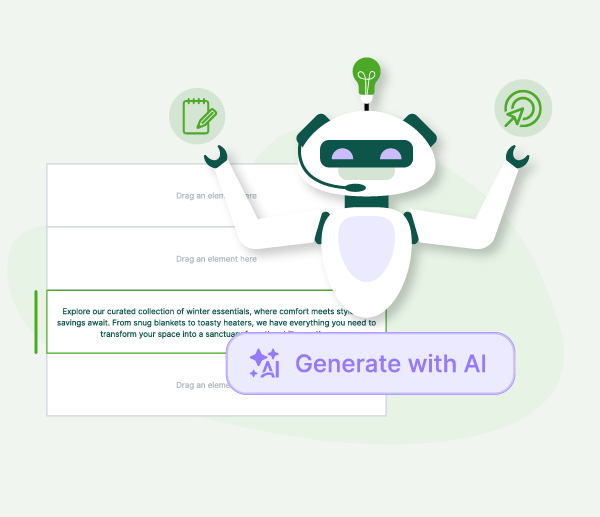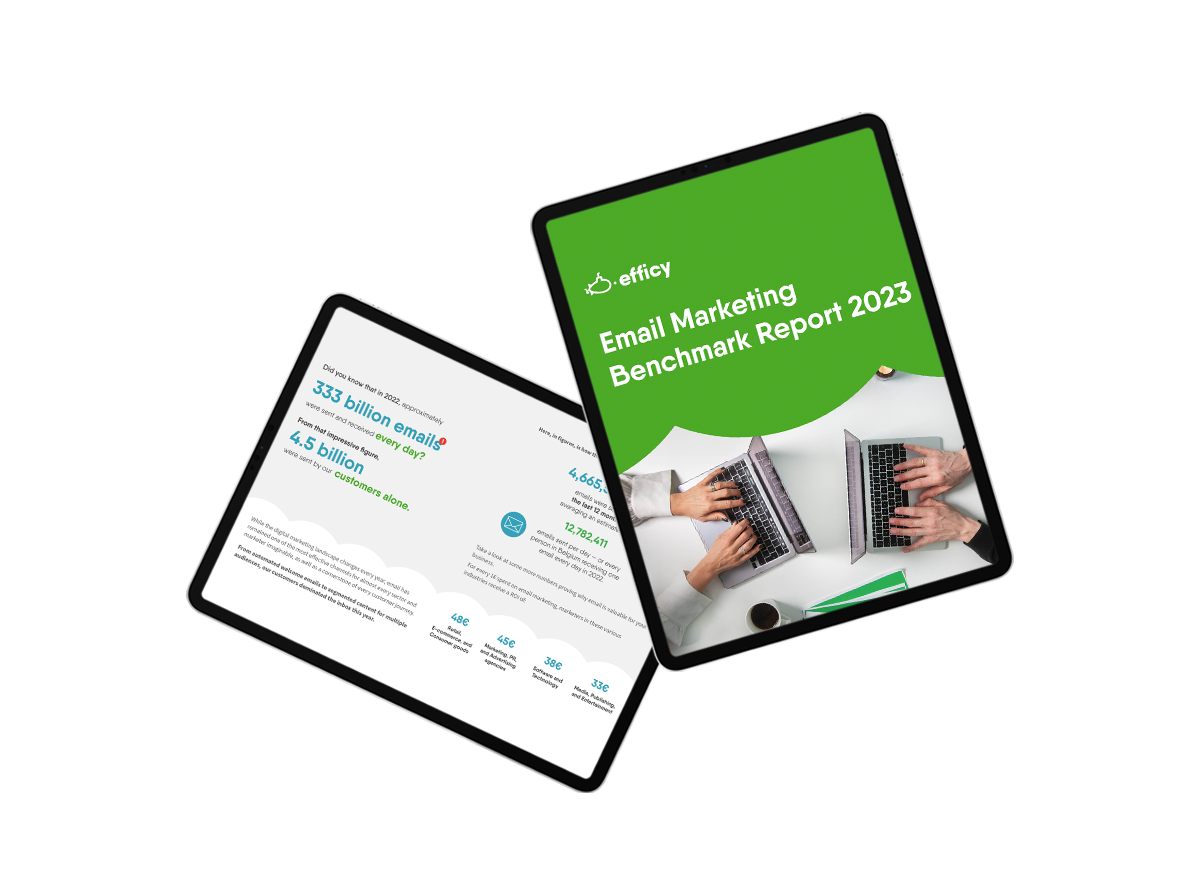In the hyper-digital age we're living in, we get thousands of brand messages from Facebook, Twitter, mobile apps, email and many other channels every single day.
Digital media has made it easier than ever before to publish content - but it also puts the consumer in greater power. Now more than ever, it's the digital customer who decides when, where and how to consume your content.
With 2017 fast approaching, we as digital marketers face a major challenge: how can we deliver a consistent, engaging customer journey across all channels for our audience?
Lucky for you, we have 3 digital marketing trends (and predictions based on them!) to help you along the whole journey...
Take the holistic high road
In 2017, we will see more and more marketers undertake this challenge by trying to find a way to cover the entire customer journey. In order to succeed, marketers will have to think one step further than specific campaigns and conversion points. The key? Connecting all data sources about the customer for a unified experience that spans all customer touchpoints.
Given the complex nature of the digital landscape, however, this can seem like a daunting task. And right now there are very few (if any) people that have fully succeeded.
Which means one thing: you need to start in small steps.
Connect the dots
Digital marketers today are up to their knees in behavioural customer data. Each action of every website visitor can be measured in detail: what pages are they landing on? How long are they staying? What pages are they scrolling through? What products are they putting in their shopping carts?
We're not saying behavioural data doesn't give valuable insights. But to apply these insights to the customer journey, marketers must place them into a larger context.
“Marketers who only focus on behavioral data without taking into consideration the identity of consumers won’t win the battle for relevancy” - Marketing Sherpa
Behavioural data only paints a fragmented picture of the customer. CRM data and other databases need to be taken into consideration to understand the background to it.
Which is why we think that, in 2017, the combination of demographic and behavioural data will be essential to meet high expectations for relevant content.
Highlight the human factor
In recent years, the main focus of digital marketing has been technology. Concepts and buzzwords like marketing automation and Big Data have been on everyone's tongue.
Technology and data truly are a good combination: they can be used to power better marketing that benefits the company as well as customers.
That said, technology cannot create automated processes that reduces people to cogs in a machine. As technology evolves day by day, it’s even more important to remember the human behind the screens.
Our guess? During 2017, creating digital marketing for humans that is powered by technology will be in focus. Not vice versa.
This shift of focus doesn’t dismiss sophisticated marketing technology. It will rather mean a greater emphasis on finding creative ways to provide a more human experience for people.
Think about Spotify. The company uses data and advanced technology to reach the heart of each customer. Every Monday, Spotify users receive a new playlist called "Discover Weekly", which is automatically created by algorithms and data generated by them. "Discover Weekly" has become a huge success: one year after its launch, more than 40 million Spotify users have tried it.
Marketing through the crystal ball
If you want to know who will become the next president of the United States, you should probably ask someone with access to Google's massive databases. Huge amounts of data will not only give you answers about the past, it can also be used to make predictions about the future.
And although few companies can compete with Google in terms of data quantity, many companies are getting better at collecting data relevant to their business.
Therefore it's unsurprising that "predictive analytics" is the latest buzzword in the digital marketing universe. Predictive analytics is basically data-driven marketing that makes assumptions about the future. These assumptions can be made using incredibly complex algorithms and extremely large data sets. But digital marketers can also use predictive analysis to strategically plan their customer journeys, by using their data in a smart and creative way.
A predictive analysis requires an analytical ability from marketers to understand the data available at the moment. With the right mindset, predictive marketing can be quite simple. For example, marketers can study the weather forecast to promote the right products in the next campaign. If the forecast promises rain, it's not worth promoting charcoal and BBQ sauce, right?
This is why we think brands that succeed in predictive marketing in 2017 will stay ahead of their customers, as well as their competition.
3 digital marketing tips for 2017
- Find a way to combine demographic data with behavioral data.
- Creating digital marketing for humans that is powered by technology. Not vice versa.
- Analyse your existing data to identify the next steps in your customers' journey.




